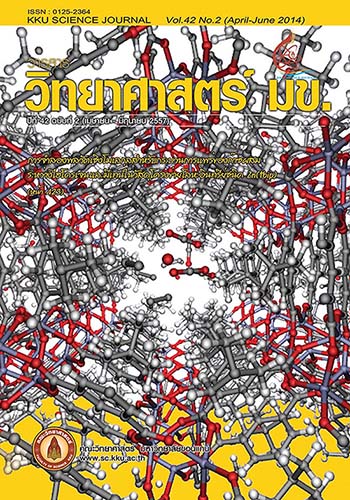3D Electron Backscattered Diffraction by Using Focused Ion Beam
Main Article Content
Abstract
Electron backscattered diffraction (EBSD) is an electron microscopic technique used in investigating of specimen crystallographic grains and grain boundaries in solid crystalline. This technique is mainly used to measure crystal orientation of grains in a specimen. This information is used in analysis of microstructural properties of the crystalline. Two dimensional crystal orientation maps cannot provide information about grain boundaries inclination and true structure of grains and grain boundaries. In specific site analysis for deep detail, it needs 3D orientation map. Currently, a technique widely used in 3D-EBSD data collection is using focused ion beam (FIB) serial sectioning. In the technique, the specimen is milled by the FIB to create a new plane and 2D-EBSD data on each milled plane is collected. The data set is restacked to reconstruct 3D-EBSD. Material issues to be considered in 3D-EBSD data collection are material’s conductivity, complexity of crystal structure and surface damage due to FIB milling.
Article Details

This work is licensed under a Creative Commons Attribution-NonCommercial-NoDerivatives 4.0 International License.


